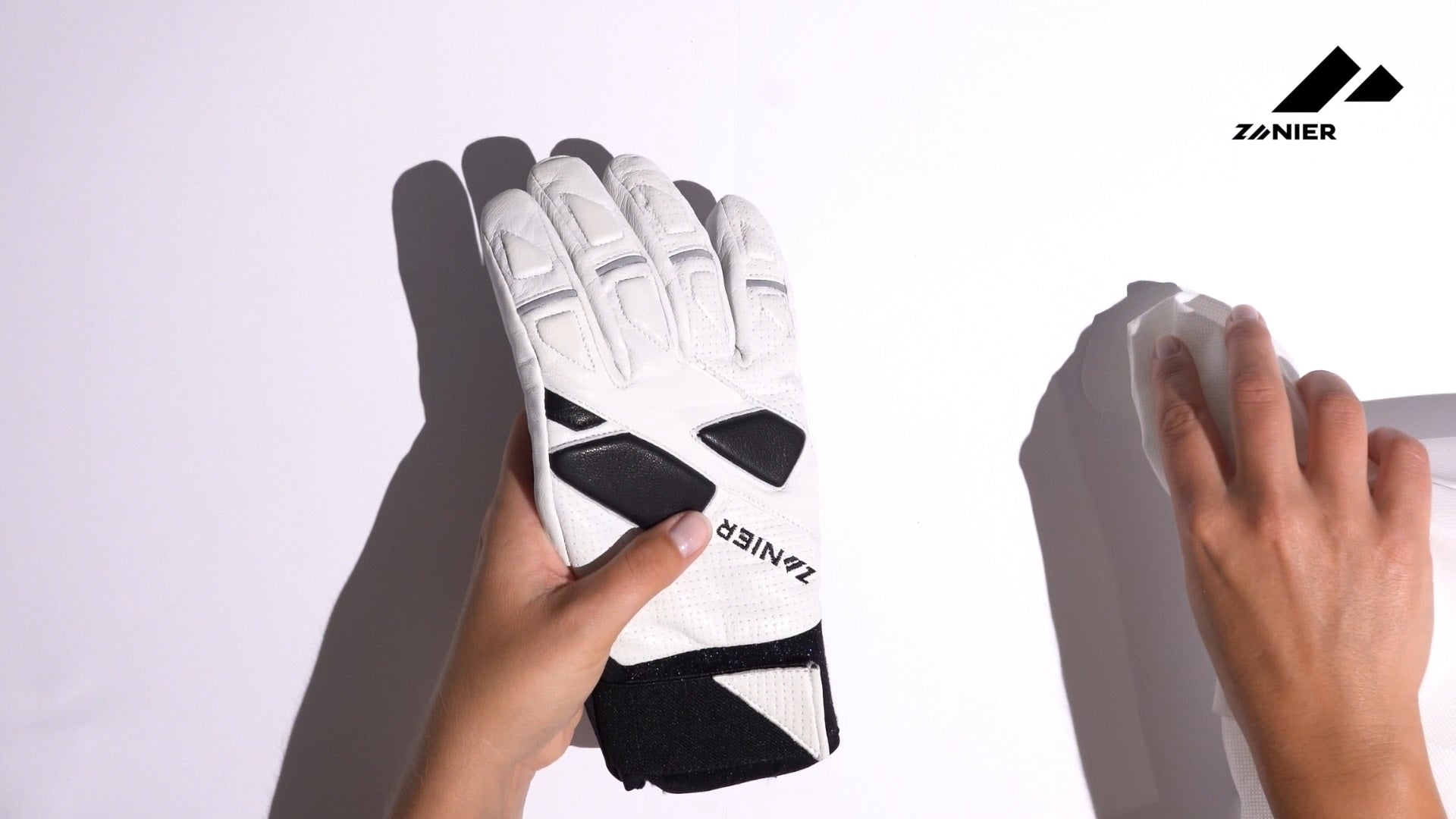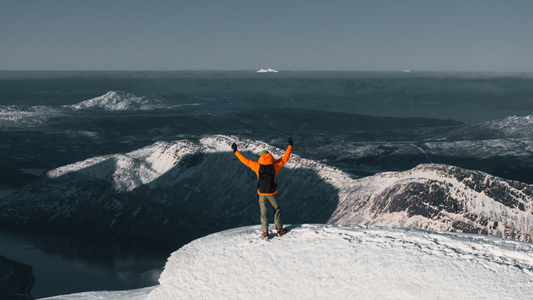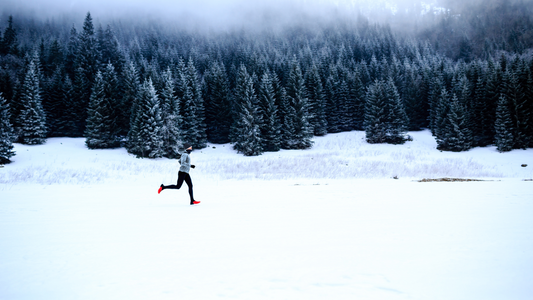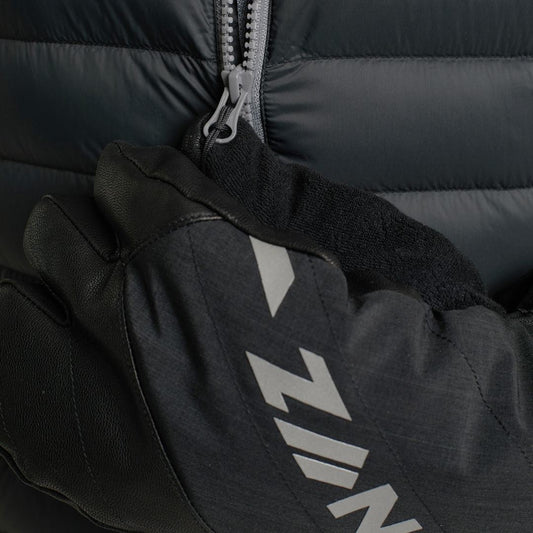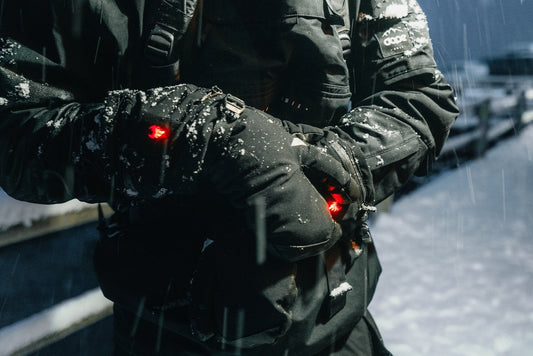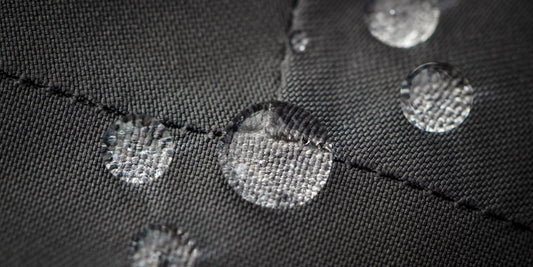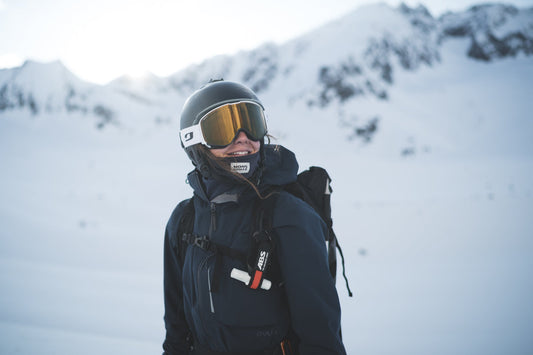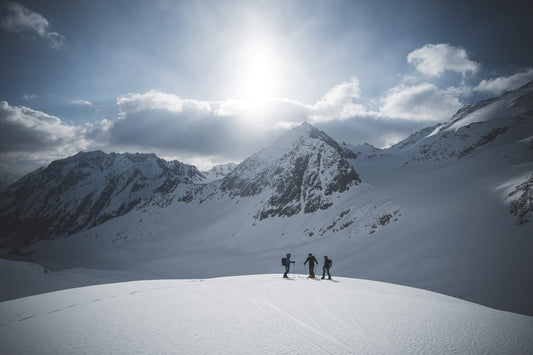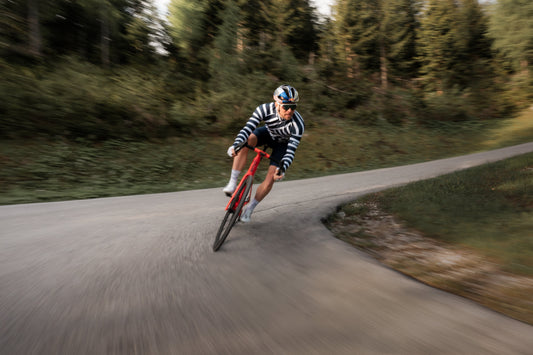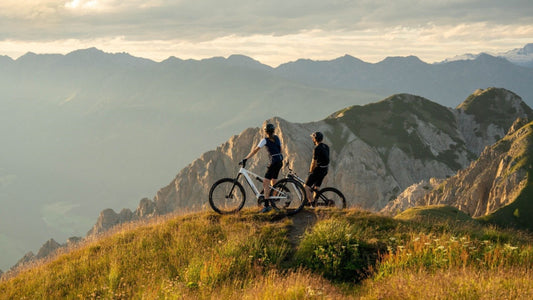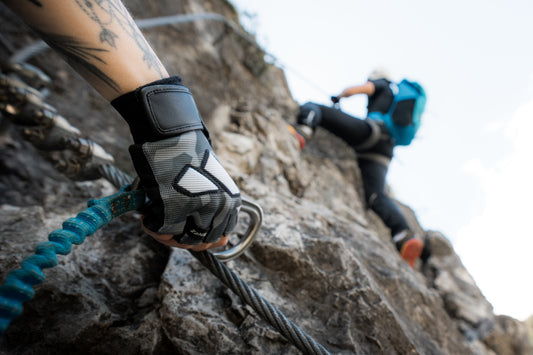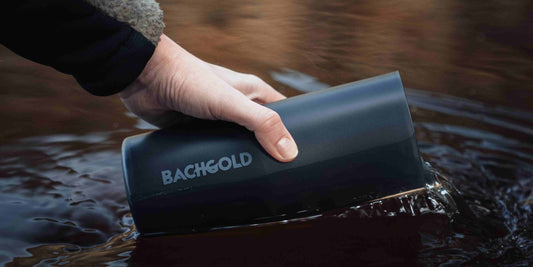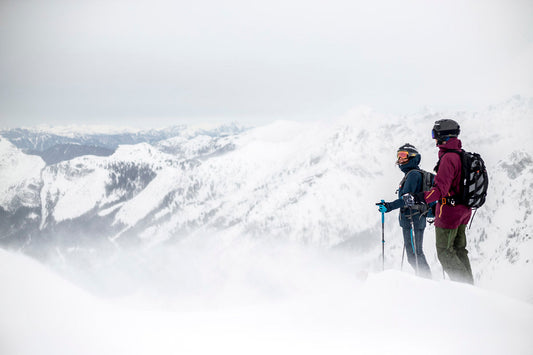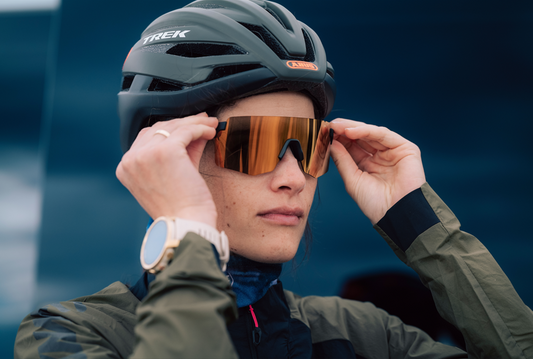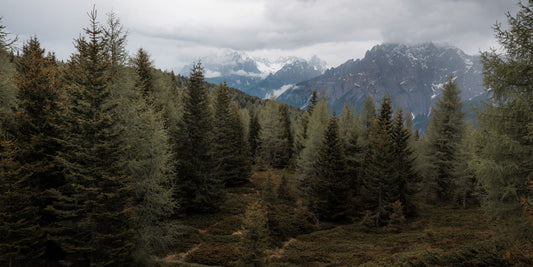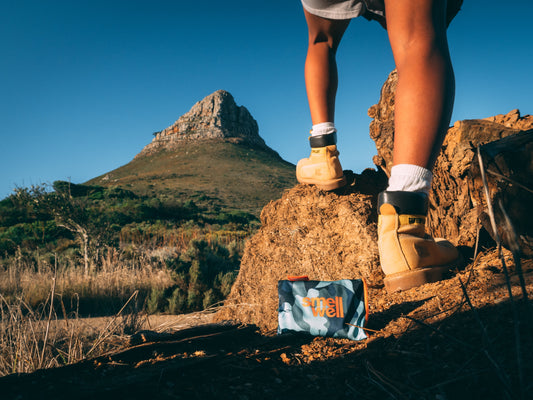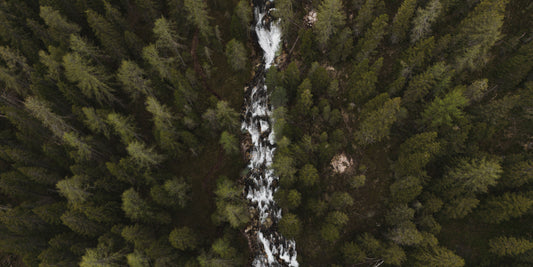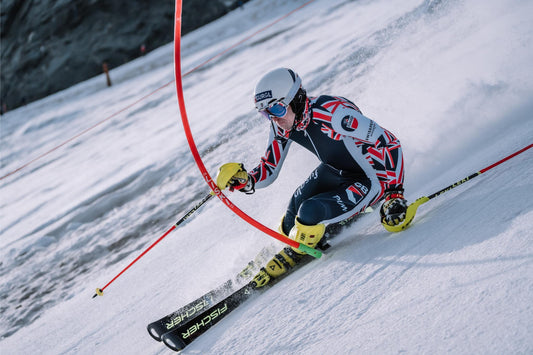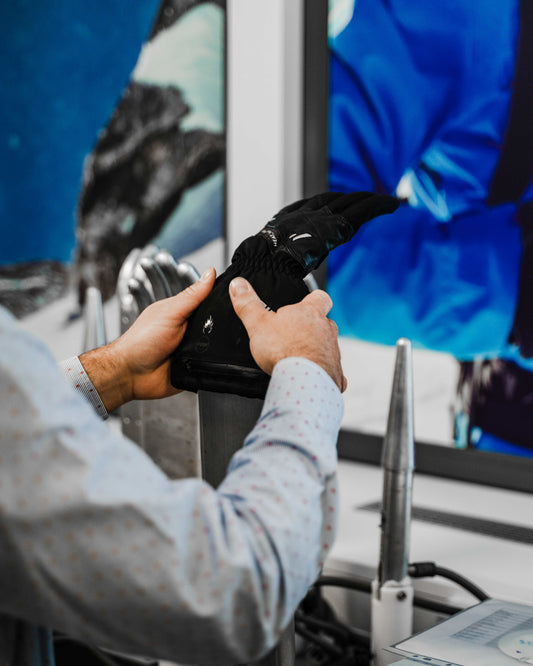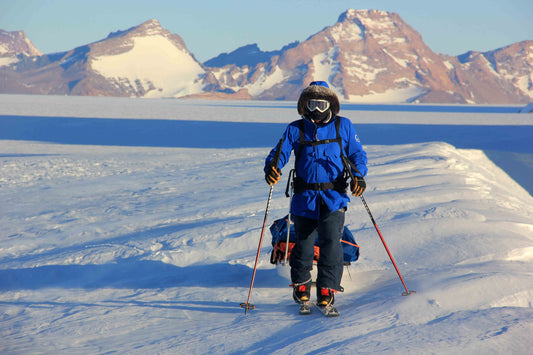Gloves are not only an essential part of the winter wardrobe, but also indispensable protection in rain, snow and icy weather. However, not every glove keeps you equally dry. So what does it mean when a glove is labeled 'waterproof', 'water-repellent' or 'water-resistant' - and which gloves really keep you dry in snow and rain? In this article, you'll find out everything you need to know to find the right protection for your hands.
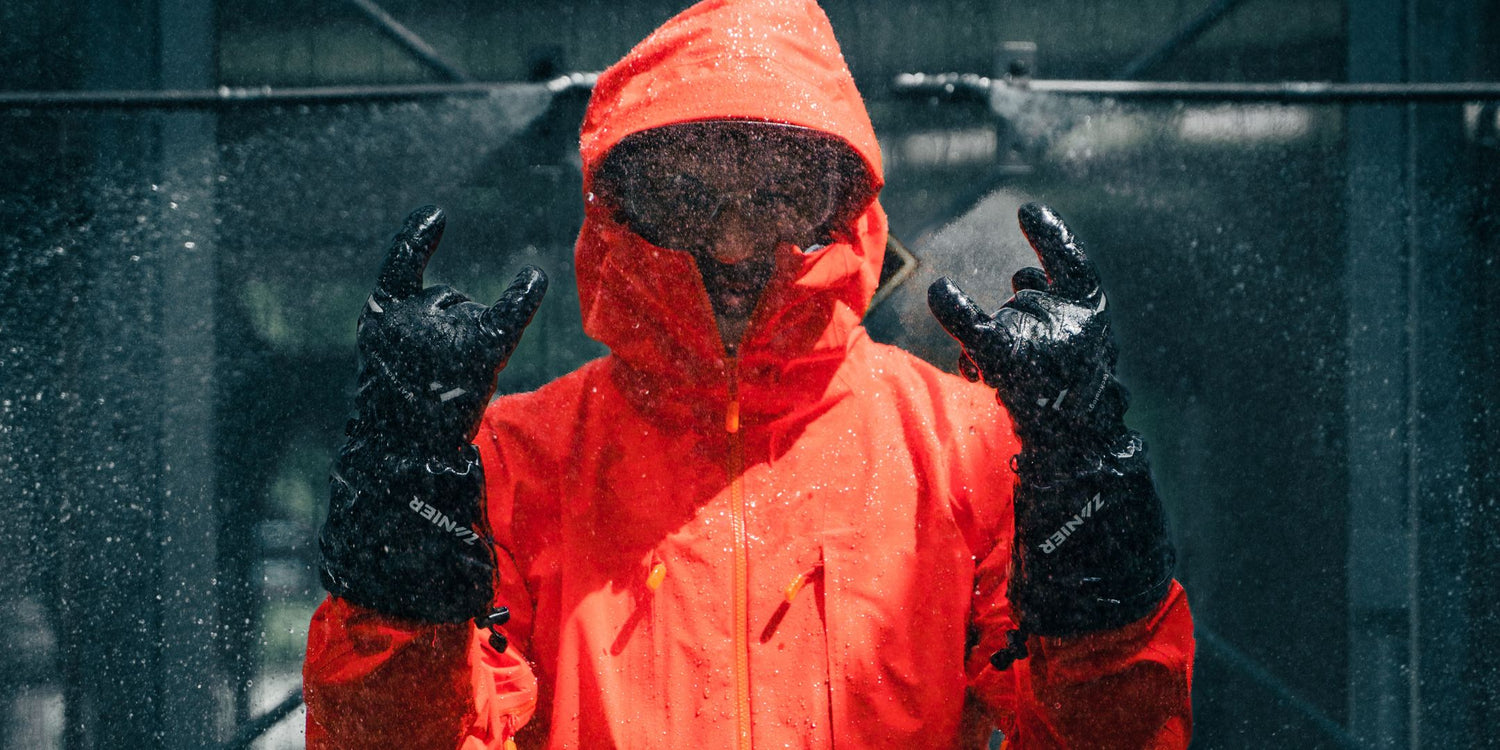
Water-repellent or waterproof: the difference in gloves
If a glove is water-repellent , it only provides short-term protection against moisture. Thanks to a special impregnation, the water initially rolls off the surface, but with prolonged contact or heavy rain, the water can slowly penetrate. Water-repellent gloves are ideal for light precipitation and short stays outside, but are often not sufficient if you are spending a long time in wet conditions.
The term water-resistant is often used interchangeably with water-repellent, but is less precisely defined. Waterproof materials offer some protection from moisture and splashing water, but not from heavy or prolonged rain. Waterproof is therefore more of a marketing term that does not guarantee complete protection against moisture.
Waterproof , on the other hand, means that the material of a glove is constructed in such a way that no water can penetrate - even in heavy rain, snow or direct contact with a wet surface. This complete waterproofing is achieved by special membranes such as ePTFE (expanded polytetrafluoroethylene, Gore-Tex) or PET (polyether ester, Sympatex), which form an effective barrier against moisture and ensure dry hands even in extreme conditions.
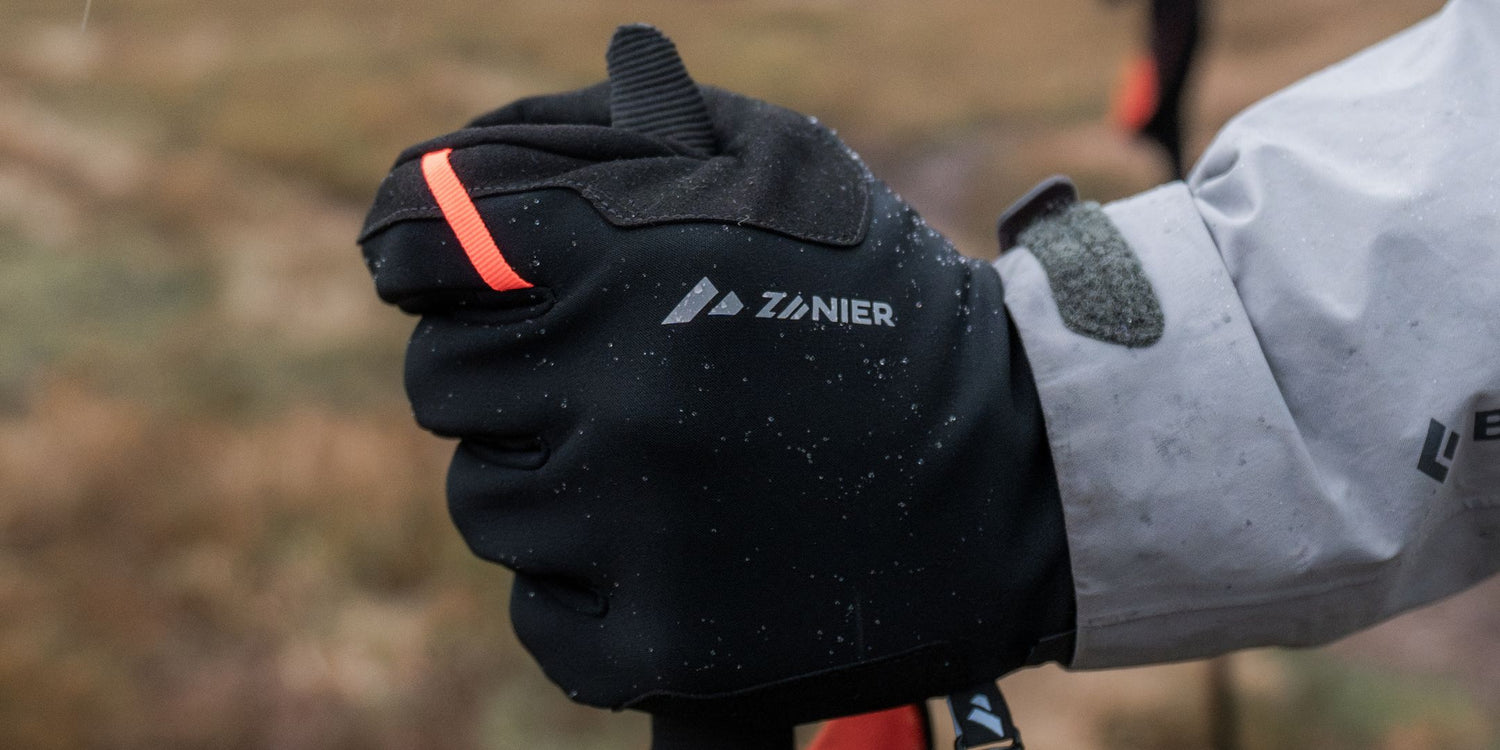
When is water repellent enough? When is waterproof necessary?
Many outer materials are water-repellent today, so gloves without a membrane are often sufficient for the average winter sports enthusiast. However, in certain cases, such as children's gloves , a high-quality membrane is particularly important, as children come into frequent and intensive contact with moisture when playing in the snow. Adults who practice winter sports such as skiing, snowboarding or ice climbing also benefit from gloves with a membrane, as they offer reliable protection during intensive contact with snow and ice.
Although the membrane primarily controls the waterproofness and not the insulation, it indirectly contributes to warmth, as wet hands cool down more quickly. On the one hand, this can happen if water penetrates the glove from the outside. On the other hand, a lack of breathability can lead to heavy sweating during high levels of activity, which can also lead to cold hands later - when inactive or when temperatures drop. A high-quality, breathable membrane is therefore crucial for comfort and well-being.
Membrane for waterproof gloves
We only use the best materials for our waterproof gloves. The SYMPATEX® membrane combines top performance with ecological benefits: It is waterproof, breathable and based on a sustainable plastic-polyester structure. SYMPATEX® materials are 100% climate-friendly, completely recyclable, free from PFTE and PFAS and comply with the Standard 100 by Oeko-Tex®.
ZANIER GLOVES has been using Gore-Tex membranes since 1988 and has thus established Gore's famous 'GUARANTEED TO KEEP YOU DRY™' promise, which has existed since 1989. Gore also offers specialized technologies such as Gore Active for high breathability, Gore Grip for optimum tactility and Gore Plus Warm, which provides additional insulation - perfectly tailored to the different requirements of outdoor sports. We at Zanier have also switched exclusively to the climate-friendly ePTFE membrane from Gore.
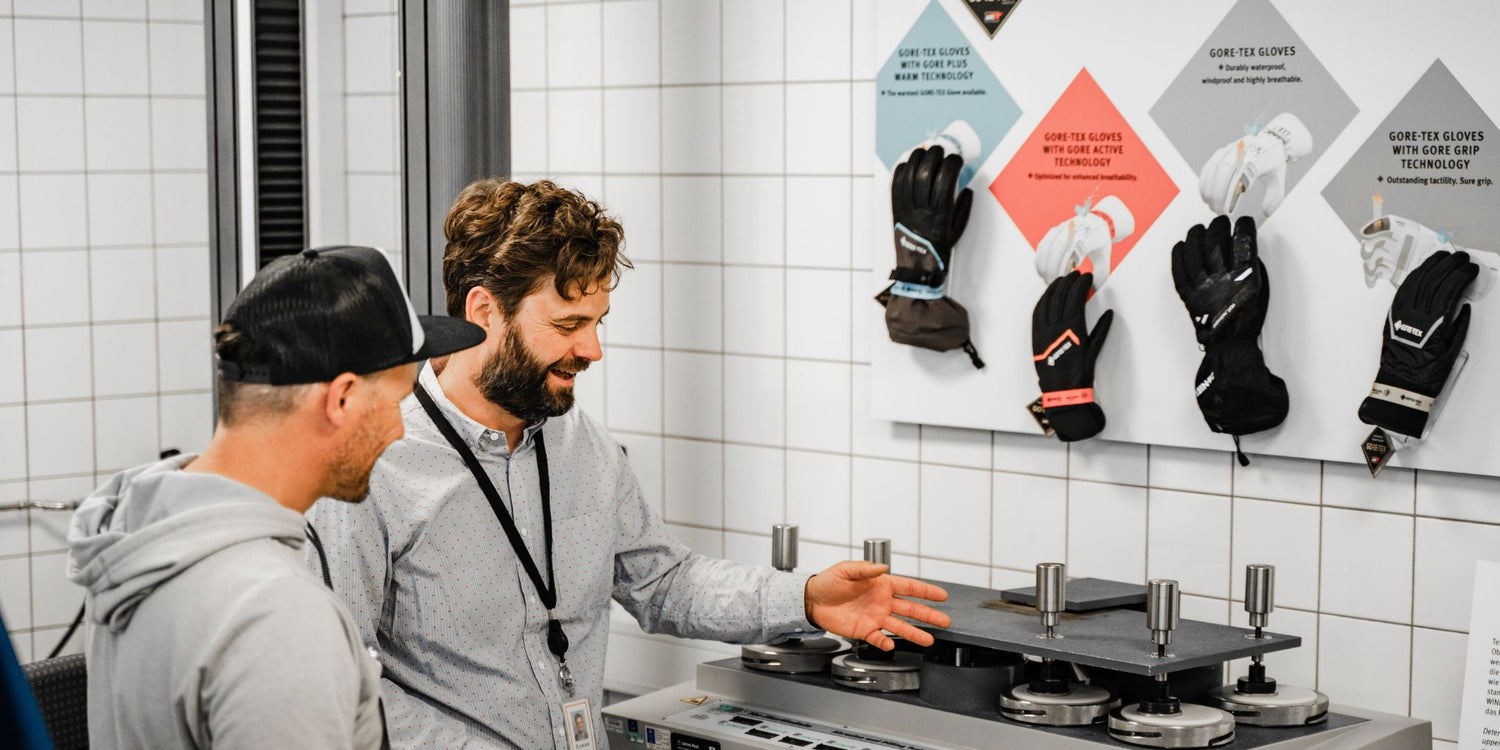
What does the water column mean for gloves?
The water column indicates how waterproof a material is. The pressure that water can exert on the fabric before it penetrates is measured. A rule of thumb is: the higher the water column, the better the protection against moisture.
- Everyday life & light outdoor activities: Gloves with a water column of 5,000 to 10,000 millimeters offer good protection in normal weather conditions, eg when hiking or skiing.
- Extreme protection: For regular use in heavy rain or deep snow, a water column of over 10,000 millimeters and robust, sealed seams are recommended to prevent water from penetrating.
Does a waterproof glove lose its function over time?
Waterproof gloves can lose their protective function over time as the membranes are damaged by wear and tear, dirt or improper care. In addition, the water-repellent impregnation wears off through frequent wearing and washing. Regular care is essential to maintain waterproofness and breathability. Re-impregnation ensures that the outer material does not absorb water and at the same time supports breathability. This keeps the material dry on the outside, which is important so that moisture from the inside (eg sweat) can continue to escape. This preserves the full functionality of the gloves.
How do you care for waterproof gloves?
To ensure that your waterproof or water-repellent gloves last a long time, you should follow a few care instructions. Most waterproof materials, especially those with membranes such as Gore-Tex or Sympatex, should only be washed infrequently to maintain breathability. However, if they do get dirty, we recommend gentle hand washing or the use of special cleaning agents that are suitable for membrane fabrics.
After washing, the gloves should be dried thoroughly and re-impregnated if necessary. Bear in mind that different materials require different care .
